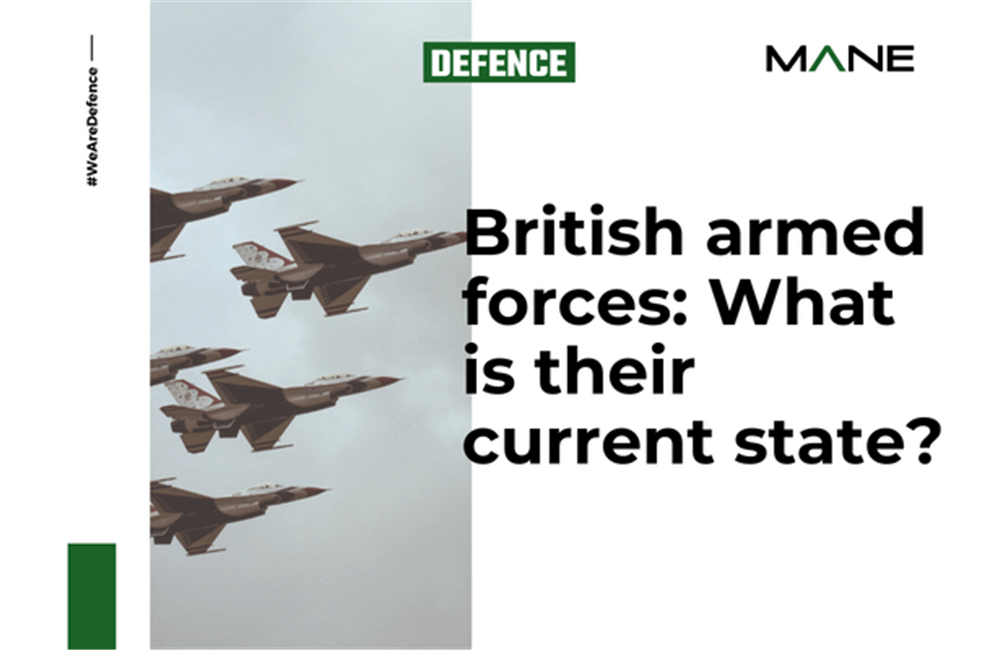British armed forces: What is their current state?
09 Feb, 20232 minsUK defence spending has halved since the 1980s. Sadly this has caused a decline in equipment...

UK defence spending has halved since the 1980s. Sadly this has caused a decline in equipment on top of a drop of one in six military personnel. Regrettably, the British Army is no longer regarded as a top-level fighting force due to these cuts.
Without a doubt, the British armed forces are in need of recapitalisation, and the government need to act fast.
UK VS Other Countries
Behind the US and Greece, the UK has the third-highest average defence spending as a fraction of GDP. Despite that, things could change soon because many countries are considering increasing their defence spending.
In 2022, the German Chancellor, Olaf Scholz, pledged a one-time fund of €100bn to bolster Germany's defences, as well as to invest 2% of its GDP on defence for the future.
If the UK doesn’t consider acting soon, they will fall behind.
Equipment Spending
NATO’s standard holds allocating at least 20% of defence’s budget towards equipment, and the UK has always maintained this standard. In fact, according to NATO estimates, 28% of the UK’s defence budget was spent on equipment in 2022.
Despite this, we have seen a decrease in certain types of equipment being invested in. This includes armoured fighting vehicles, for example, tanks. These vehicles have seen a decrease of 5% between 2016 and 2022.
Furthermore, artillery investments have decreased by 2%, helicopters have decreased by 24% and fixed-wing aircrafts have decreased by 10%.
Defence Spending
In 2021, the UK spent 2.2% of its Gross Domestic Product on defence. This percentage has fallen massively since the 1950s. In 1956, the UK spent just under 8%, then dropped to 4% in 1980. Since 2000, the proportion has remained around the 2% figure.
Defence spending has remained consistent in recent years due to the government's pledge, as a NATO member, to spend at least 2% of GDP on defence each year.
Personnel Decline
Although defence spending has maintained over time, personnel numbers within the British armed forces have been on the decline in recent years.
In 2022, there were just over 145,000 regular armed forces personnel. Ten years ago, the figures showed differently at over 169,000, representing a decrease of 14% in 2022. These stats are predicted to decrease even further, suggesting that something needs to be changed.
Effects of Rising Energy Costs
The rise of global energy prices has most definitely put pressure on the British armed forces and it’s spending. Figures suggest a potential spend of £600m each year on fuel and energy, from 2023 onwards.
Unfortunately, the ministry of defence was the only department that received end-of-budget cuts during the government’s spending review back in October 2021.
Final Thoughts
There’s no doubt that the British armed forces need funding. The prime minister's official spokesman stated that the government is "ensuring our armed forces have the equipment and capability they need to meet the threats of tomorrow including through a fully funded £242bn 10-year equipment plan. The prime minister is clear that we have to do everything necessary to protect our people that's why the UK has the largest defence budget in Europe.”


